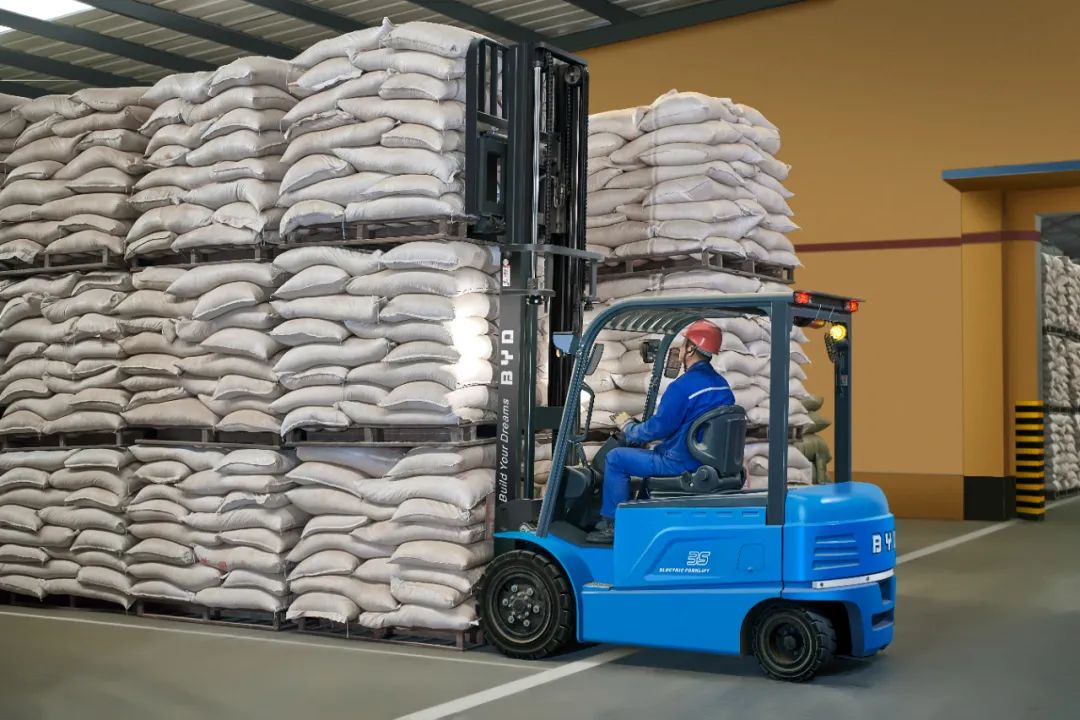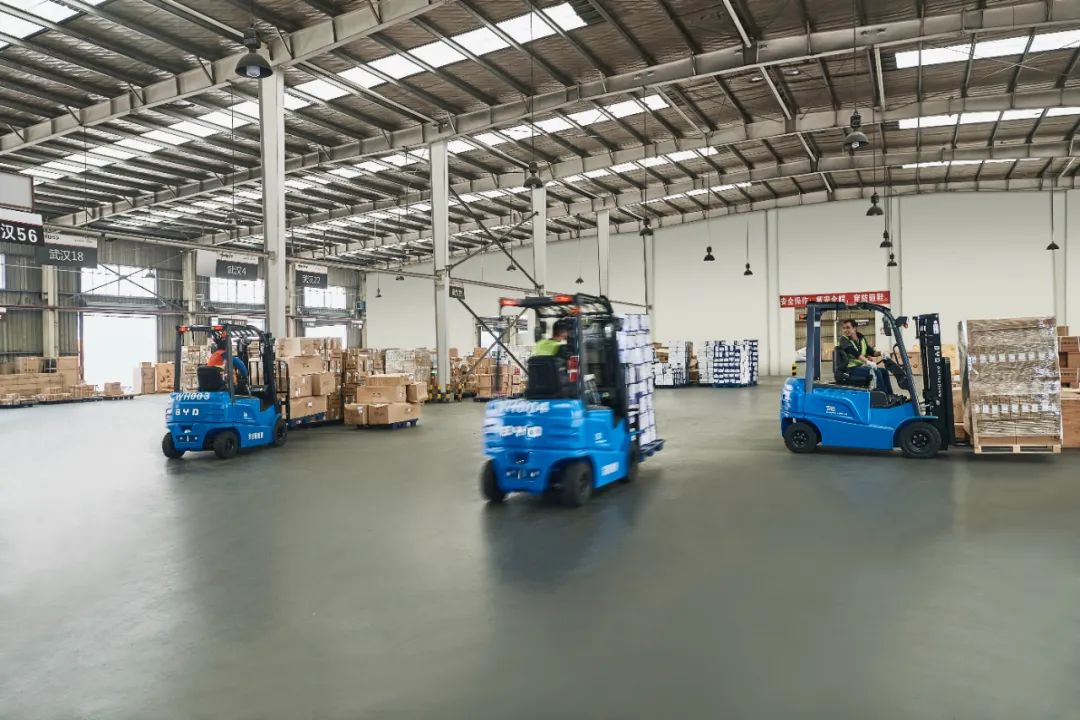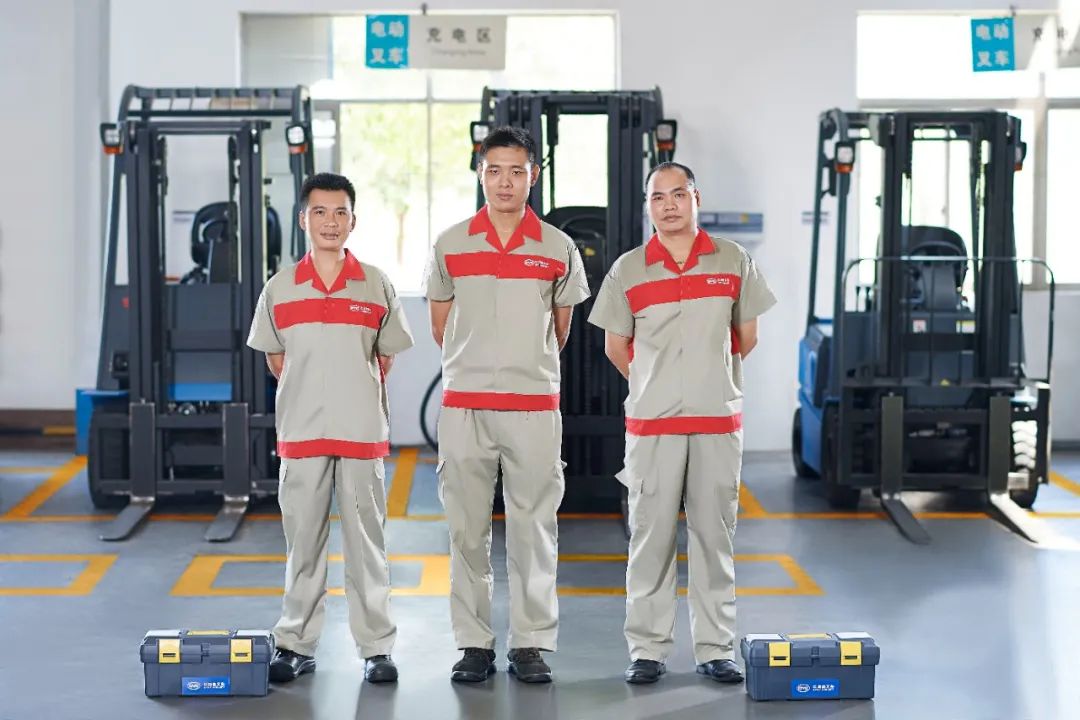Preface
As the saying goes, "A workman must first sharpen his tools if he is to do his job well." In on-site logistics work, forklifts play a crucial role.
Today, I'm going to introduce some knowledge about forklift maintenance to you all. Please listen carefully!
01.Key Points for Daily Maintenance

① Check whether the hydraulic oil, engine oil, coolant, brake fluid are at normal levels and whether there is sufficient fuel in the fuel tank.
② Regular cleaning of forklifts to remove dust, oil stains and other debris can prevent them from entering mechanical parts and reduce the occurrence of faults.
③ Check the tire pressure and remove any debris stuck in the tire treads to prevent tire failure and ensure normal operation.
④ Check for any leakage at the pipes, joints and other parts of the forklift's hydraulic system.
Daily maintenance
⑤ Check the working conditions of the instruments, lights, horn, etc.
⑥ Regularly replace the fuel filter element, oil filter element, and clean or replace the air filter element.
⑦ Lubricate regularly to reduce wear and tear.
⑧ Check the fastening of all components to prevent unnecessary trouble during operation.
02.✦ Primary Technical Maintenance ✦

After the forklift has accumulated 100 hours of operation
① Lubricate the entire vehicle.
② Check and adjust the valve clearance.
③ Check if the filter screen at the diesel tank inlet is damaged and clean or replace it.
④ Check and adjust the clearance between the brake shoes or pads and the brake drums of the hand and foot brakes.
⑤ Check whether the wheels are securely installed, whether the tire pressure meets the requirements, and remove any debris embedded in the tire tread.
⑥ Check the crankcase ventilation pipe.
⑦ Check the tightness of the fan belt.
⑧ Check whether the generator and starter motor are installed firmly, whether the connection terminals are clean, and whether the carbon brushes and commutators are worn.
03.✦ Contents of Secondary Technical Maintenance ✦

After the forklift has accumulated 500 hours of operation
① Clean the torque converter and transmission, inspect the wear of parts, and change the oil to new.
② Clean all the oil tanks, filter screens and pipelines, and check for any signs of corrosion or cracking.
③ Disassemble, inspect, adjust and lubricate the front and rear hubs, and swap the half shafts.
④ Check the fastening condition of all components of the drive axle and whether there is any oil leakage. Clear the air holes, disassemble and inspect the main reducer, differential and wheel-side reducer, adjust the axial clearance of the bearings, and add or replace the lubricating oil.